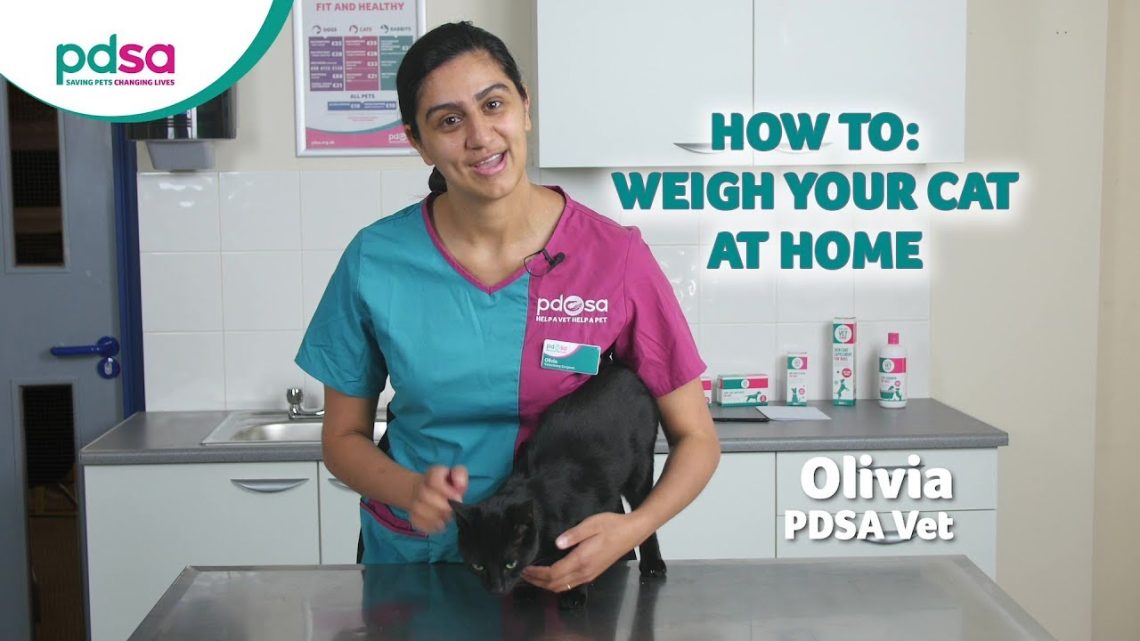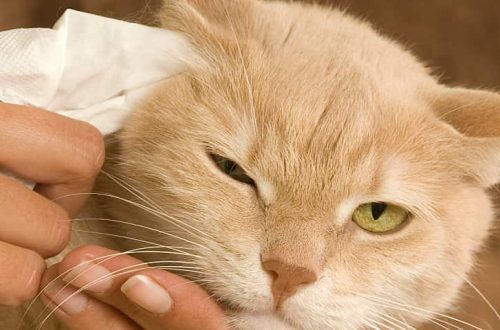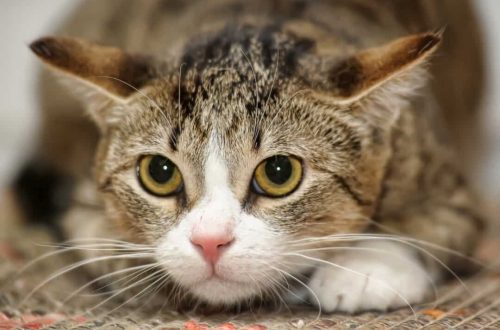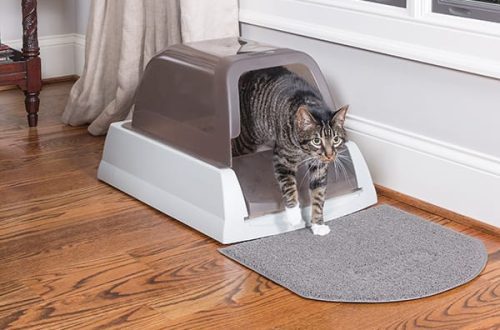
How to weigh a cat at home?

Contents
What do you need for weighing?
The choice of a device for measuring weight is individual and depends both on the availability of one in the apartment and on the parameters of the pet. With all the variety of existing scales, each of them has its own advantages and disadvantages.
Conventional floor scales
Suitable for weighing large cats, but do not always show the exact weight of the animal. Often such scales are mistaken, because, in addition to pets, they are also used by people whose body weight far exceeds the body weight of the animal.
Bezman (or canter)
Unlike the previous ones, these scales are lever. Their main advantage is that the pet can be put in a bag or basket – so he will not be able to run away during the weighing. There are mechanical and electronic steelyards. The second is more convenient to use, besides they are more accurate. The main disadvantage of such scales is that they are not suitable for large cats and those who cannot lie quietly in a bag: sharp and frequent movements will only bring down the steelyard.
Electronic balance
They are a more modern analogue of the floor. They measure weight more accurately, but are not suitable (without additional weighting) for weighing kittens and representatives of small breeds of cats.
Kitchen scales
Most accurately show the body weight of kittens and miniature pets, as they were originally designed to clearly determine the low weight. There are both with a bowl in which you can seat a kitten, and without it, which can complicate the weighing process if the baby is restless.
How to weigh a cat?
If floor or electronic scales are chosen to measure the weight of a cat, then for weighing you must first weigh yourself, then, taking the cat in your arms, stand on the device with it and, finally, subtract your own weight from the total weight with the pet. The result will be the weight of the cat.
If a steelyard is chosen, then for weighing you will need an additional device that holds the cat in one place (for example, a cloth bag or bag).
If it was decided to use a kitchen scale without a bowl for weighing, then to hold the kitten, you need to find a box or any plastic container where the pet can sit. On the electronic kitchen scale, you can reset the weight of the box, and then the net weight of the animal will be displayed.
What is important to know?
It is better to measure the weight of a cat in the morning before breakfast and after the toilet.
You need to weigh your pet regularly, on average once every 2-3 months. If he is sick, prone to rapid weight gain or loss, or is in the development stage, then it is better to do this more often.
The results are recommended to be recorded and compared with the health of the cat. This will help determine her normal weight and ensure that it remains stable.
It is believed that a cat gains a healthy weight by the year, so this indicator (provided that the animal at that time did not have any diseases) should be maintained throughout its life.
Thick and long hair can increase the weight of the animal, and this must be taken into account when controlling weight.
Why is it important to weigh your pet?
This simple procedure is of great importance, which the owners do not always know about and therefore do not pay due attention to it. Here are some reasons to weigh your cat regularly:
Cats quickly gain and lose weight, but it is very difficult for the owner, who sees and touches the pet every day, to notice this. The eye quickly gets used to the changed appearance, and the thick coat also hides the changes.
Often, owners’ ideas about the healthy appearance of a cat differ from the standards and normal indicators for the breed, because of this, caring owners sometimes fatten their pets. Therefore, it is better to trust the scales: weight control will help keep the pet in good shape. Even the slightest weight fluctuation of 100–300 grams by our standards has a bad effect on the cat’s body, especially if such changes occur frequently.
Excess weight increases the load on the joints, disrupts the pancreas, which leads to the appearance of diabetes, contributes to the formation of stones in the genitourinary system. Fat is deposited on the internal organs, disrupting their functions, as well as on the walls of blood vessels, which increases the risk of blood clots.
Underweight can be the result of not only malnutrition, but also infection with parasites, tumors in the intestines, impaired bile secretion, metabolism, and various diseases of the liver and biliary tract.
The dose of drugs for intestinal parasites and ticks is calculated based on the weight of the pet. With the wrong dosage, you can harm your pet or make it defenseless against external factors.
14 May 2018
Updated: 28 May 2018





